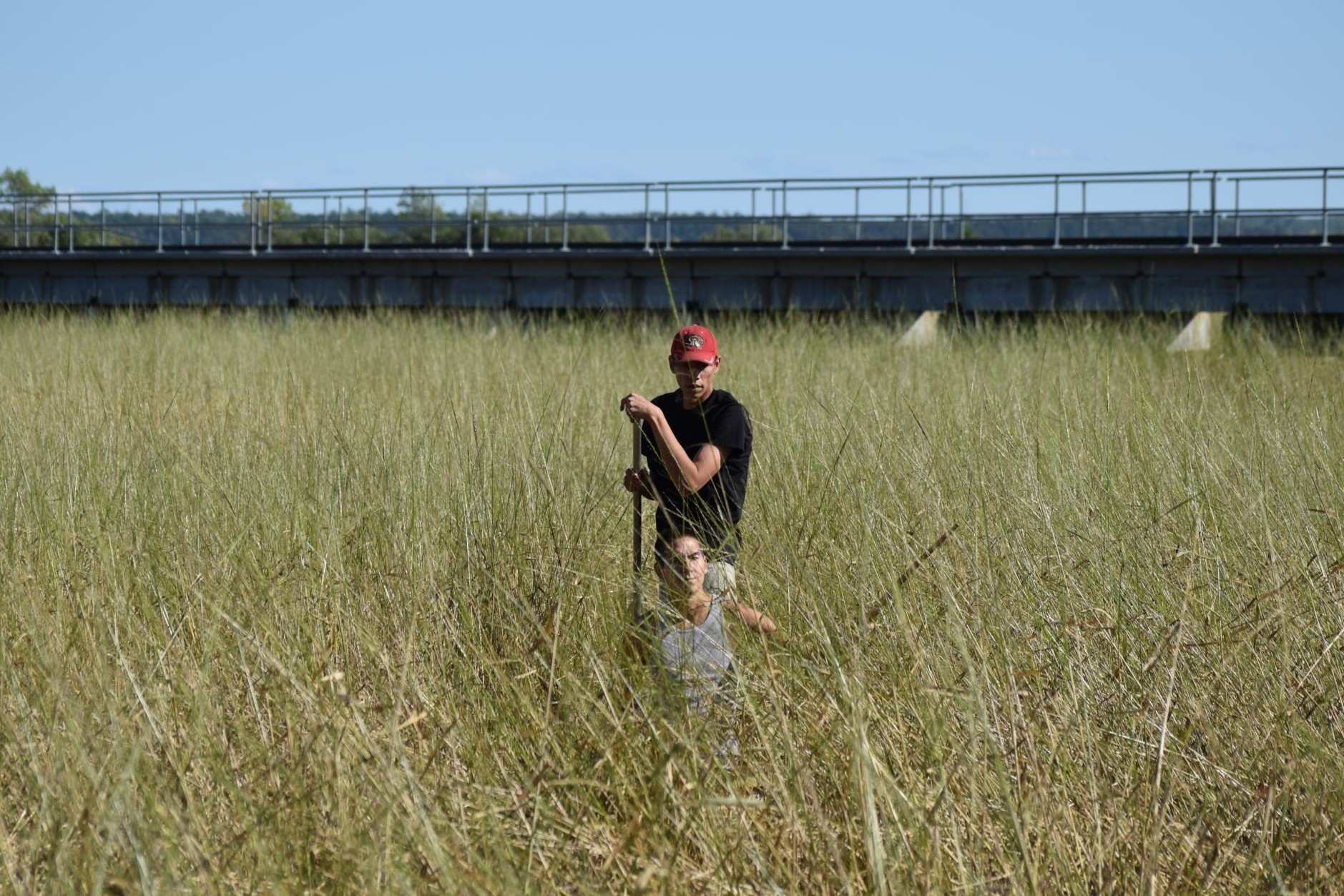Secrets Of Minnesota’s Leech Lake Wild Rice Harvesting

Have you ever wondered how wild rice is harvested in Minnesota's Leech Lake? This unique process has deep roots in Native American culture and offers a glimpse into traditional methods still used today. Leech Lake, located in northern Minnesota, is one of the prime spots for wild rice harvesting. The process involves paddling through the water in a canoe, using wooden sticks to gently knock the rice grains into the boat. This method ensures the sustainability of the rice beds for future generations. Whether you're a history buff or just curious about local traditions, learning about wild rice harvesting at Leech Lake is a fascinating experience.
Secrets of Minnesota's Leech Lake Wild Rice Harvesting
Minnesota's Leech Lake is a hidden gem for wild rice harvesting. This tradition, deeply rooted in Native American culture, offers a unique glimpse into the past. Let's explore some of the best spots around Leech Lake for wild rice harvesting.
Best Spots for Wild Rice Harvesting
Leech Lake and its surrounding areas are rich with wild rice. Here are some prime locations to experience this age-old tradition.
Boy River
- Boy River is a serene spot where wild rice grows abundantly. The calm waters make it easy to navigate, perfect for beginners.
Steamboat Bay
- Steamboat Bay offers a picturesque setting with plenty of wild rice. The bay's sheltered waters provide a peaceful harvesting experience.
Portage Bay
- Portage Bay is known for its lush wild rice beds. The bay's shallow waters make it an ideal location for harvesting.
Sucker Bay
- Sucker Bay is a favorite among locals. The bay's rich wild rice fields are easily accessible and offer a bountiful harvest.
Kabekona Bay
- Kabekona Bay is another excellent spot. The bay's clear waters and abundant wild rice make it a must-visit for harvesters.
Tips for a Successful Harvest
Harvesting wild rice requires some know-how. Here are a few tips to ensure a fruitful experience.
Timing is Key
- Wild rice is typically ready for harvest in late August to early September. Keep an eye on the rice's color and texture to determine the best time to harvest.
Proper Equipment
- A canoe or small boat is essential for navigating the rice beds. Traditional wooden knockers are used to gently knock the rice into the boat.
Respect the Environment
- Harvesting wild rice is a sustainable practice. Be mindful of the environment and only take what you need to ensure future harvests.
Cultural Significance of Wild Rice Harvesting
Wild rice harvesting is more than just a tradition; it's a vital part of Native American culture. The practice has been passed down through generations, preserving a way of life that is deeply connected to the land.
Experience the Tradition
Participating in wild rice harvesting offers a unique opportunity to connect with nature and history. Whether you're a seasoned harvester or a curious beginner, Leech Lake's wild rice fields provide an unforgettable experience.
Conclusion
Leech Lake's wild rice harvesting is a tradition steeped in history and culture. By visiting these prime locations and following these tips, you can enjoy a successful and respectful harvest.
Embracing Tradition and Nature
Leech Lake's wild rice harvesting offers a unique blend of tradition and nature. This annual event isn't just about gathering rice; it's a celebration of culture, community, and the environment. Visitors can witness the meticulous process of harvesting, from canoeing through the waters to drying and processing the rice. This experience provides a deeper understanding of the region's history and the importance of preserving these traditions. Whether you're a history buff, nature lover, or just curious, Leech Lake's wild rice harvest is a must-see. It’s a chance to connect with the land and its people in a meaningful way. So, next time you plan a trip, consider timing it with this special event. You’ll leave with more than just memories; you’ll gain a newfound appreciation for the rich heritage of Minnesota.

